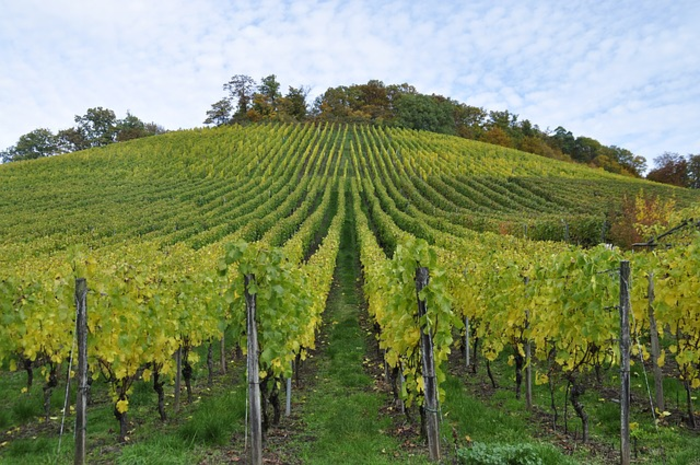Focusing on a specific vineyard in the Chateauneuf-du-Pape region in the Southern part of France, plant pathologists spent 8 years monitoring more than 60 plants for signs of Grapevine Pinot gris virus (GPGV). Contrary to previous observations in Italy, they observed an explosive propagation of the virus, with more than 75 percent of tested plants becoming infected between 2014 and 2015. Surprisingly, only a marginal number of grapevines tested positive during the remaining five years of the study.

Credit: Image by Petra Söhner from Pixabay
Focusing on a specific vineyard in the Chateauneuf-du-Pape region in the Southern part of France, plant pathologists spent 8 years monitoring more than 60 plants for signs of Grapevine Pinot gris virus (GPGV). Contrary to previous observations in Italy, they observed an explosive propagation of the virus, with more than 75 percent of tested plants becoming infected between 2014 and 2015. Surprisingly, only a marginal number of grapevines tested positive during the remaining five years of the study.
GPGV was first spotted in northeastern Italy in 2011 thanks to High-Throughput Sequencing (HTS), a newer technology that has enhanced our ability to better understand plant responses and genome expression. Plant pathologists can also use HTS to identify virome, which depicts the assemblage of viral genomes in a sample.
In looking at GPGV, plant pathologist Jean-Michel Hily and colleagues recovered genomic information from 18 samples and re-assembled 25 complete genomes.
“Coupled with phylogenetic analyses, we proposed a phylodynamic reconstruction model of the GPGV introduction and propagation events in the Chateauneuf-du-Pape region,” explained Hily. “The highest probability of GPGV introduction in the CDP vineyard was estimated between 1999 and 2003, with 3 to 6 possible independent introductions. It is also important to point out how powerful bioinformatics tools have become—our model accurately predicted a wave of transmission within the vineyard between 2014 and 2015, as already confirmed by RT-PCR. ”
Their findings contrast with the GPGV situations in two Italian vineyards, which depicted a fast but regular and progressive spread of the virus over time. The explosive nature of the virus in the French vineyard adds to our understanding of GPGV and raises questions about vectors, specific climatic conditions, or other unknown parameters.
Hily and colleagues have written about GPGV before. Their first work provided a worldwide evolutionary history study of the virus and is a great complement to their latest work, which offers more details on the epidemiology at a local scale.
“Our results highlight also the decoupling between introduction of the virus, most likely from infected materials, and its plant-to-plant transmission by vectors.” Learn more about their findings by reading “Biological Evidence and Molecular Modeling of a Grapevine Pinot gris Virus Outbreak in a Vineyard” in Phytobiomes Journal.
Journal
Phytobiomes Journal
DOI
10.1094/PBIOMES-11-20-0079-R
Method of Research
Experimental study
Subject of Research
Not applicable
Article Title
Biological Evidence and Molecular Modeling of a Grapevine Pinot gris Virus Outbreak in a Vineyard
Article Publication Date
30-Dec-2021




